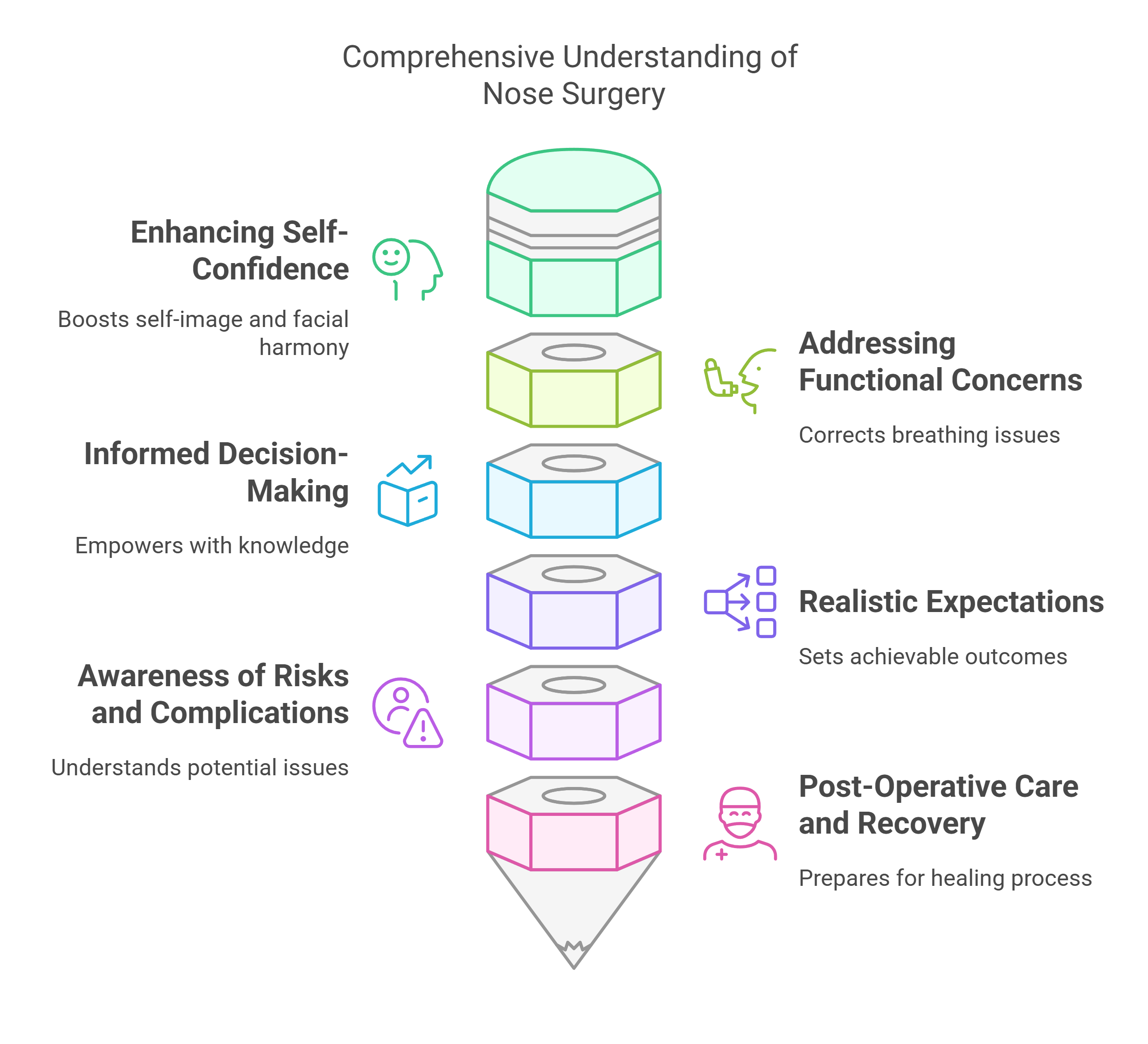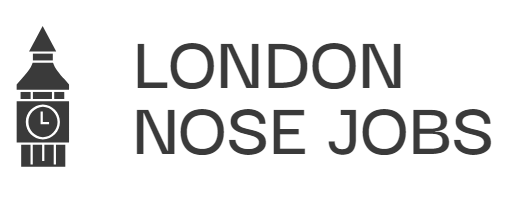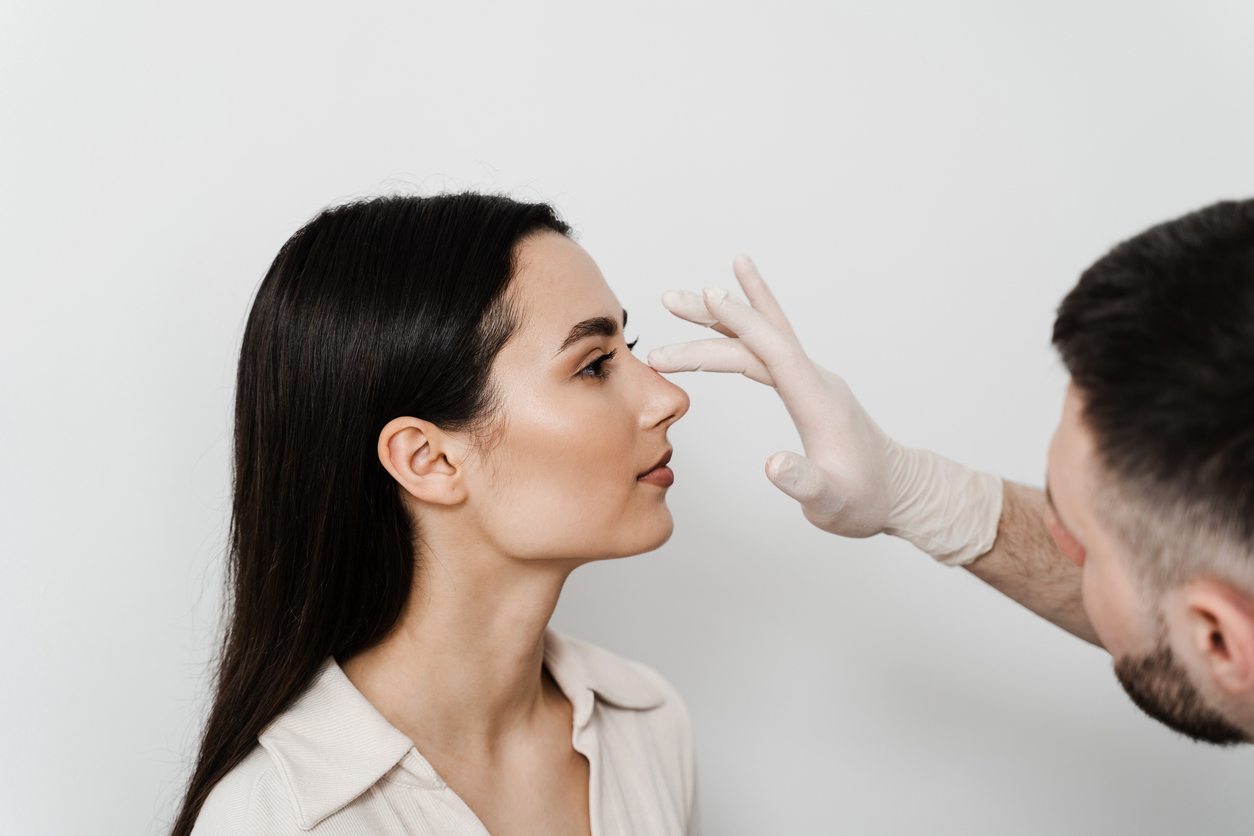Have you ever caught yourself staring in the mirror, wondering if a little tweak to your nose could enhance your confidence? Whether it’s a bump you’ve always wanted to smooth out, a tip you wish were more refined, or a breathing issue that’s been bothering you for years—rhinoplasty, or nose reshaping surgery, might seem like the perfect solution.
But before you take the plunge, there’s a lot to consider beyond just the “after” photos. From understanding the procedure and recovery to setting realistic expectations, making an informed decision is key. In this guide, we’ll break down everything you need to know before going under the knife—so you can be confident in your choice, no matter what you decide.
Key Takeaways
- Nose reshaping surgery, or rhinoplasty, can enhance both appearance and function.
- Consultations are essential for setting realistic expectations and understanding the procedure.
- Different techniques exist, including open and closed rhinoplasty, tailored to individual needs.
- Post-operative care is vital for a smooth recovery and includes managing discomfort and avoiding complications.
- Non-surgical alternatives may be available, but it’s important to weigh their pros and cons.
Understanding Nose Reshaping Surgery

Defining Nose Reshaping
Nose reshaping is a procedure that subtly adjusts the structure of your nose, sometimes referred to as a ‘nose job’. It involves changing the cartilage or bone to improve the nose’s shape, either making it smaller, larger, or simply more balanced with your other features.
This surgery is geared towards enhancing both look and function. Whether the surgeon uses an open or closed method usually depends on the specific changes needed.
Common Reasons for Surgery
Many people opt for nose reshaping for a mix of aesthetic and functional benefits. Some of these reasons include:
- Persistent breathing difficulties arising from the nose’s structure
- Asymmetry or disproportion in facial features
- A history of injuries or congenital conditions that affect appearance
These points underline that the decision for surgery often comes from a desire to improve life quality, not just looks.
Expected Outcomes
The results of a nose reshaping procedure generally aim to boost both appearance and usability. Patients may notice several positive changes post-surgery:
- A more harmonious facial appearance that complements your other features
- Enhanced breathing due to corrected structural issues
- A recovery phase where swelling and minor discomfort gradually settle
Below is a brief table summarising typical details you might expect:
| Aspect | Typical Range |
|---|---|
| Procedure Duration | 1.5 to 3 hours |
| Hospital Stay | 1 to 2 nights |
| Initial Recovery Time | Around 1 week |
The journey to recovery can seem demanding, but with clear guidance and planning – along with realistic expectations – many patients achieve results that feel truly rewarding. Remember, even small changes can make a big difference in how you feel every day.
Preparing for Your Surgery
Preparing for your nose reshaping can feel overwhelming, but breaking it down into steps can really help ease your mind. Here’s what you can expect as you ready yourself for the procedure.
Consultation with Your Surgeon
Your first appointment is your chance to ask questions and share your thoughts. This meeting is all about making sure your ideas and concerns are heard. Being open with your surgeon truly sets the stage for success. You’ll discuss what you want to achieve with the surgery, and your surgeon will explain what can realistically be done. Remember, a good conversation at this stage builds trust and clears up any doubts you might have.
Medical History Considerations
Before any surgery, knowing your medical background is key. Your surgeon will ask about your previous surgeries, any allergies, and the medications you’re taking. It’s important to be completely honest here. For example, consider these points:
- Previous surgeries or treatments you’ve undergone
- Current medications and supplements (avoid ones like aspirin or ibuprofen if mentioned by your surgeon)
- Any history of breathing issues or allergies
This information helps your surgeon decide on the best approach for you and reduce the risk of complications.
Setting Realistic Expectations
It’s natural to dream of a perfect outcome, but understanding what’s achievable with surgery is equally important. Your surgeon will help map out what changes you can expect and may even use images or software to give you a rough idea of the end result.
Here’s a simple table to give you an idea of the recovery timeline:
| Stage | What to Expect |
|---|---|
| First 24-48 hours | Mild discomfort, swelling, and some bruising |
| 1-2 weeks | Reduction in swelling, some residual tenderness |
| 3-4 weeks | Noticeable improvements and gradual settling |
While every case is unique, keeping your expectations realistic is a crucial step. Just remember, healing is a process and your results might evolve over time.
Keep in mind that recovery isn’t a race. Taking time to follow post-op care instructions makes a big difference in achieving the best possible results.
Taking these preparations seriously can steer you toward a smoother experience and set you up for success on the journey to the new you.
The Surgical Procedure Explained
Types of Nose Reshaping Techniques
When it comes to reshaping your nose, there are a couple of methods your surgeon might use. Often, the doctor will decide between a closed approach, where small incisions inside your nose are made, and an open procedure that involves a tiny cut on the columella (the strip of tissue between your nostrils).
Here are a few techniques they might consider:
- Closed rhinoplasty for minor tweaks without external incisions.
- Open rhinoplasty when more structural adjustments are required.
- Grafting and implant techniques for adding volume or support.
- Suture lifts for a minimally invasive way to refine the nose’s shape using special sutures, without major surgery or downtime.
Each method is tailored to match your facial features and goals, keeping the plan as unique as you are.
Anaesthesia and Recovery
Before your surgery begins, the type of anaesthesia—either local with sedation or full general anaesthesia—will be chosen based on the complexity of the work. This decision helps ensure you’re comfortable throughout the process. You will be monitored closely after the surgery to catch any early signs of complications.
After the procedure, your recovery process starts immediately. It’s important to:
- Keep your head elevated to reduce swelling.
- Rest and avoid any forceful activity.
- Attend all follow-up appointments with your surgeon.
Post-surgery, giving yourself enough rest and following the care instructions can really help in minimising discomfort and speeding up the healing process.
Duration of the Procedure
How long your nose reshaping takes really depends on the complexity of the changes required. In simpler cases, the procedure may only take a couple of hours. However, if there’s a need for significant restructuring or revisions, it might take longer. Below is a brief summary of typical timings:
| Procedure Type | Average Duration |
|---|---|
| Minor refinement (closed method) | 1 – 2 hours |
| Extensive restructuring (open method) | 2 – 3 hours |
| Revision or complex procedures | 3+ hours |
These time frames are only approximate and your surgeon will give you a more detailed estimate based on your personal case.
Post-Operative Care and Recovery
Taking care of yourself after nose reshaping is as important as the surgery itself. It might seem like a lot at once, but breaking the steps down can make the process easier to handle.
Managing Discomfort and Pain
After your surgery, some discomfort is normal. Keeping your recovery as stress-free as possible begins with following your surgeon’s instructions carefully. Here are a few ways to manage pain:
- Take prescribed painkillers on time to stay comfortable.
- Use a cool compress (as advised) to lessen swelling around the nose.
- Keep your head elevated when resting to reduce any mild aches and to assist in healing.
- Avoid sudden movements that might strain the healing area.
Some patients even find that gentle breathing or meditation helps to take their pain off their focus.
Avoiding Complications
It is essential to follow simple steps to keep things on track and prevent any complications:
- Avoid blowing your nose or strenuous activities for several weeks.
- Keep the nasal area clean according to your surgeon’s advice to prevent infections.
- Rest and get plenty of sleep to allow your body to mend.
- Follow any dietary recommendations, like reducing salt intake, to limit swelling.
Remember: A slow and steady recovery is much better than rushing back into regular activities too soon.
Follow-Up Appointments
Regular check-ups help ensure that the healing process is progressing as expected. A typical follow-up schedule in the UK might look like this:
| Time Post-Surgery | What to Expect | Suggested Actions |
|---|---|---|
| 1 Week | Removal of any dressings | Check for any unusual pain or swelling |
| 1 Month | Review of healing progress | Report any concerns to your surgeon |
| 3 Months | Final adjustments check | Discuss any lingering issues |
Keeping these appointments is key so that any minor complications can be quickly addressed, ensuring a smoother recovery journey.
By being mindful and following these guidelines, you give yourself the best chance for a comfortable recovery and optimal results.
Exploring Non-Surgical Alternatives
Benefits of Non-Surgical Options
Many people are now considering non-surgical treatments as a way to fine-tune their appearance without the need for an operation. These methods, such as dermal fillers and thread lifts, come with a shorter recovery time and fewer risks compared to surgery.
- They usually require less downtime
- The procedures are typically faster
- Costs are generally lower
| Aspect | Non-Surgical Options | Traditional Surgery |
|---|---|---|
| Invasiveness | Low | High |
| Recovery Time | Days | Weeks |
| Cost | Lower | Higher |
Non-surgical treatments offer a less invasive pathway to subtle enhancements than traditional surgery.
Limitations of Non-Surgical Techniques
While non-surgical options are attractive, they come with some restrictions. They might not provide the long-lasting or structural changes that surgery can offer. In many cases, results are temporary and may need repeat sessions.
- Results can be short-lived
- They may not address deeper structural issues
- Outcomes depend heavily on the skill of the practitioner
Choosing the Right Option for You
When deciding on the best approach, it is important to consider your personal goals, budget, and the extent of the change you want. A consultation with a professional can help clarify whether a non-surgical solution will meet your needs.
It’s important to balance the benefits and drawbacks when considering any cosmetic treatment. Listening to expert advice and comparing options can help you decide on the best course of action.
Here are some steps you might consider:
- Book a consultation with a certified practitioner.
- Discuss your expectations and any concerns.
- Review both non-surgical and surgical options, comparing costs of the surgery and longevity of the results.
It’s essential to explore all your choices, as a filler may be just what you need to achieve your desired look.
Potential Risks and Complications
Understanding Surgical Risks
When considering nose reshaping surgery, it’s important to know what might go wrong. It’s important to understand that while complications are uncommon, they can occur. Some general risks include issues like unexpected bleeding during or after the procedure, an infection at the surgical site, or a bad reaction to the anaesthetic. Here are a few common points:
- Excessive bleeding during surgery
- Infection or inflammation post-surgery
- Anaesthetic-related complications
Long-Term Considerations
Even after the initial recovery, some patients may experience long-lasting effects. You might find that breathing isn’t as smooth as before, or that you notice changes in sensation around the nose area. There might also be variations in the final look, sometimes necessitating further adjustments. A helpful overview of certain potential long-term issues can be seen in the table below:
| Complication | Description |
|---|---|
| Breathing Issues | Some patients report ongoing difficulties with breathing, even if minor. |
| Nerve Sensitivity | Temporary numbness or altered sensation around the nose. |
| Structural Changes | Rarely, cartilage or bone may need additional revision. |
When to Seek Medical Advice
After your surgery, it’s vital to keep an eye on how you’re healing. If you notice any of the following, contact your doctor immediately:
- Worsening pain that doesn’t ease with regular pain relief
- Signs of infection, such as increasing redness, fever, or unusual discharge
- Persistent or heavy nosebleeds that suddenly become a problem
If you ever feel unsure about your recovery or notice anything unusual, don’t hesitate to get in touch with your healthcare provider. They are there to help you get back on track.
Conclusion
If you’re contemplating nose reshaping surgery, it’s essential to weigh your options carefully. Take the time to reflect on your motivations and consult with a qualified surgeon who can guide you through the process. Remember, this is about enhancing your confidence and achieving a look that feels right for you.
Whether you choose surgical or non-surgical options, ensure you have realistic expectations and a clear understanding of what to expect. Ultimately, the goal is to feel comfortable in your own skin, and with the right approach, you can achieve that.
Frequently Asked Questions
What is nose reshaping surgery?
Nose reshaping surgery, often called a nose job, is a procedure that changes the shape or size of the nose to improve its appearance or function.
What are the common reasons for getting a nose job?
People usually consider a nose job to fix issues like a bump on the nose, to make it smaller or larger, or to improve breathing problems.
How long does recovery take after nose reshaping surgery?
Most people take about a week to ten days to start feeling better, but it can take up to a year for the nose to fully heal.
Are there risks involved with nose reshaping surgery?
Yes, like any surgery, there are risks. These can include bleeding, infection, and problems with breathing or appearance.
What are non-surgical options for nose reshaping?
Non-surgical options include fillers that can change the shape of the nose without needing surgery. However, these effects are temporary.
How much does nose reshaping surgery typically cost?
In the UK, nose reshaping surgery can cost between £4,000 and £7,000, but prices can vary based on the surgeon and location.





